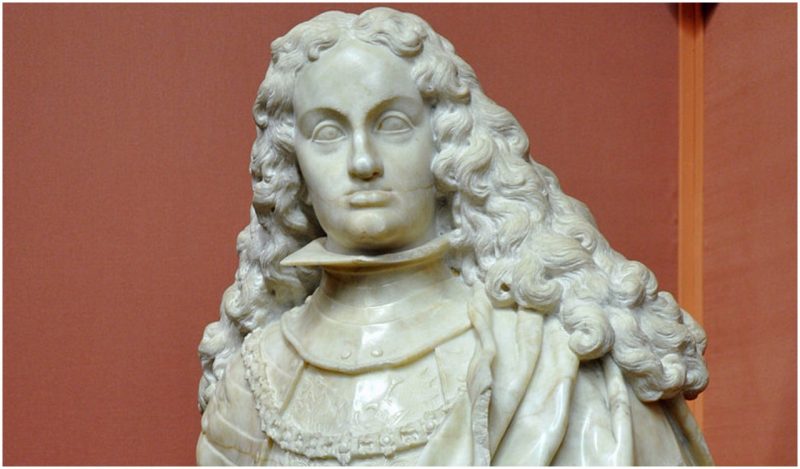One of Europe’s most powerful dynasties from the 15th through 20th centuries was the House of Habsburg, a royal German family, also known as the House of Austria.
The reign of this strong political and military force, with its vast territorial claim, kingdoms and colonies, was an “empire on which the sun never sets,” stretching over the territories of Bohemia, Croatia, Hungary, Germany, Spain, Portugal, and to the Americas in the 16th century. The Habsburgs even claimed the crown of Holy Roman emperor in 1452.
As rulers of the Austro-Hungarian Empire, they not only determined Europe’s political and territorial structure but also defined the history of the world.
History remembers the Habsburgs as one of the most influential but also peculiar and intriguing ruling dynasties. Perhaps the most infamous of them all was Charles II of Spain.
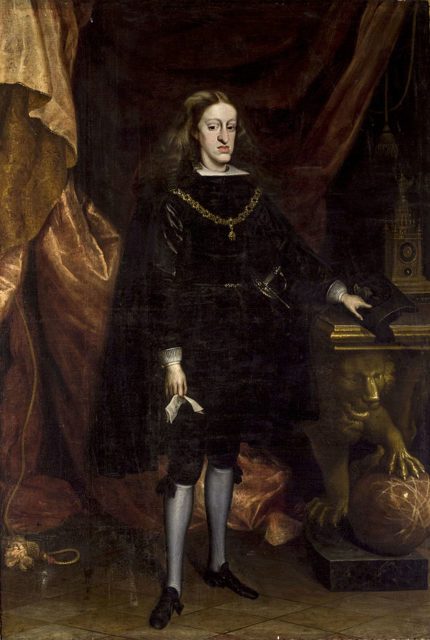
During his lifetime Charles ran a vast and powerful kingdom, although he will be remembered as the last ruler of Habsburg Spain and the one with very severe health difficulties due to several generations of royal inbreeding.
According to recent research published in the journal PLOS One, there is evidence which proves that around 11 marriages in the family of Charles II were consanguineous or from “blood relatives.”
Moreover, according to the Telegraph, Charles II and his grandfather Philip III were considered the two members of the family with highest inbreeding coefficients.
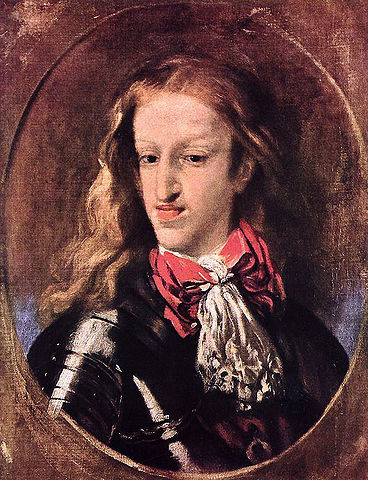
Born extremely fragile, Charles fought with his condition throughout his childhood. As the only legitimate heir at the time, Charles sat on the throne when he was a boy of only four.
His mother was appointed Regent as he was too young to govern the kingdom. His poor health impeded his ability to learn how to read or write, preventing him obtaining what was then considered a proper royal education.
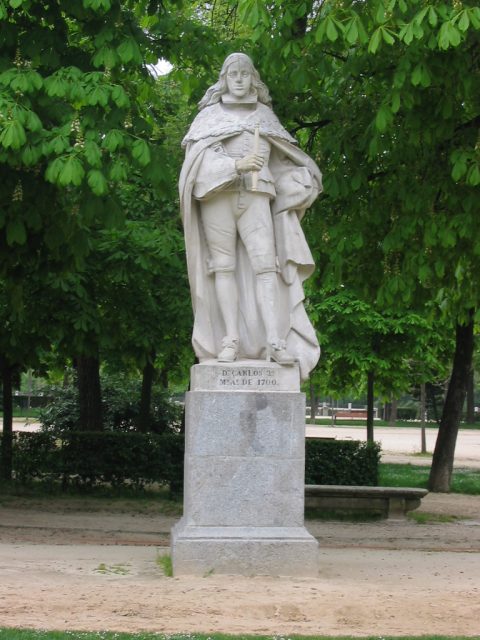
He was a man of poor intellect, a fact that hindered his thirty-year-old rule, and one with serious physical difficulties which deprived him of having any heirs, although he was twice married.
Writers Will and Ariel Durant note in their book The Story of Civilization that Charles II was “short, lame, epileptic, senile, and completely bald before 35.” They also remark that “he was always on the verge of death.”
During his reign, the Spanish court considered Charles an obstruction in the affairs of state and an unimportant figure with almost no power.
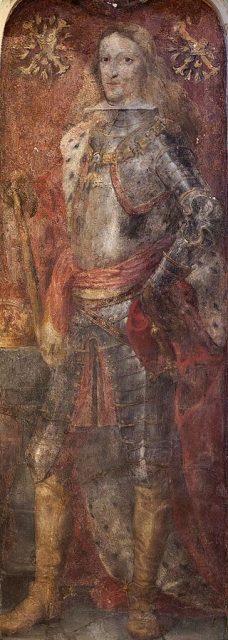
He joined the court with only a slight knowledge of politics or governance and, reportedly, was often secretly ridiculed for that. However, the majority of the court enjoyed living under an incompetent king as he was easily manipulated.
6 of the Biggest Treasure Troves Ever Discovered
Charles’ ill health condition deteriorated even more as he was approaching his deathbed. His mental state suffered as well, producing often erratic and perverse behavior.
When the court’s pressure brought him to a mental breakdown he decided to retire and became obsessed with dead people. It is said that he had his deceased relative’s bodies exhumed in order to touch or view them.
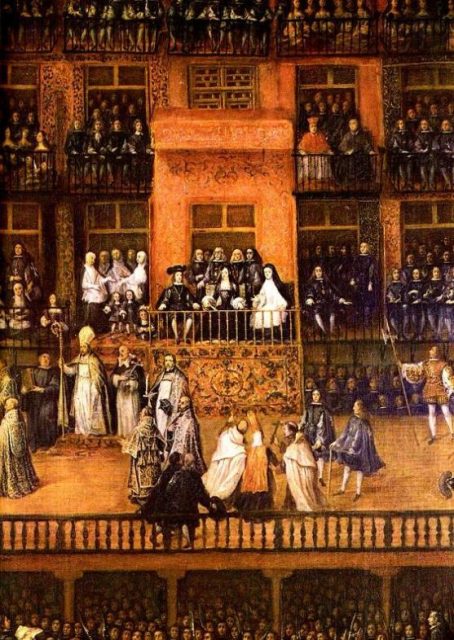
His retirement didn’t last long as Charles died several days before his thirty-ninth birthday.
His quiet, heirless death had a riotous outcome as it launched the War of the Spanish Succession which lasted until 1714 and provoked a crisis in Europe.
Despite the grave political outcome, Charles’s death, however, was marked by memorable, rudimentary autopsy notes which describes Charles’ ill health in the most peculiar way.
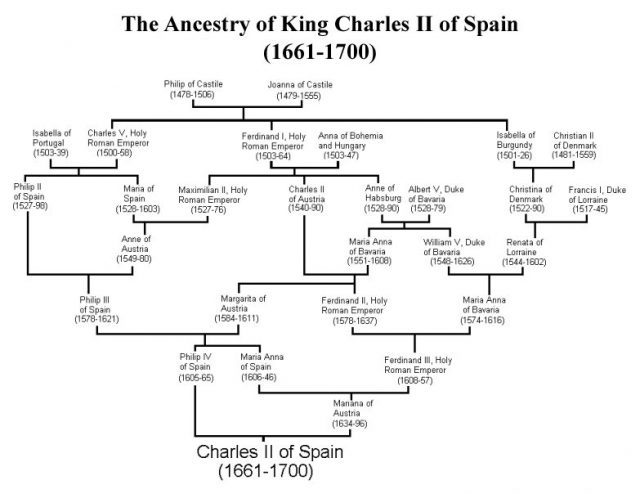
The physician who carried out the autopsy, Pedro Gargantilla, noted: “[His corpse]… did not contain a single drop of blood; his heart was the size of a peppercorn; his lungs corroded; his intestines rotten and gangrenous; he had a single testicle, black as coal, and his head was full of water.” This autopsy stumped even contemporary medical scientists who examined this description.
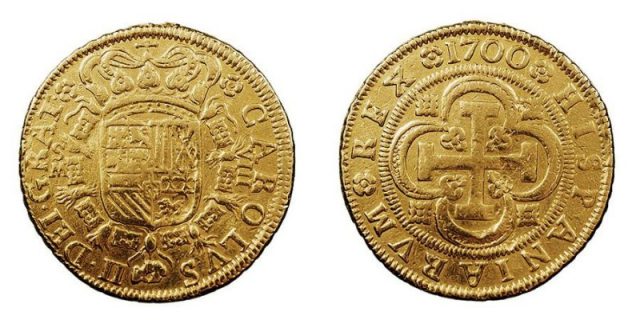
Professor Van Kerrebroeck from the European Association of Urology explained: “We can conclude that Carlos suffered from posterior hypospadias, monorchism, and an atrophic testicle. He probably had an intersexual state with ambiguous genitalia, and a congenital monokidney with stones and infections.”
Which is medical terminology meaning his urethra was too short, so he passed urine from part-way down the shaft; he had one, shrunken testicle; his sexual anatomy in general was malformed since birth, as were his kidneys. This doesn’t explain why his corpse would be drained of blood, but it does seem offer a reason why his “head” might have been full of “water.” Life for Charles II must have been difficult and painful.
